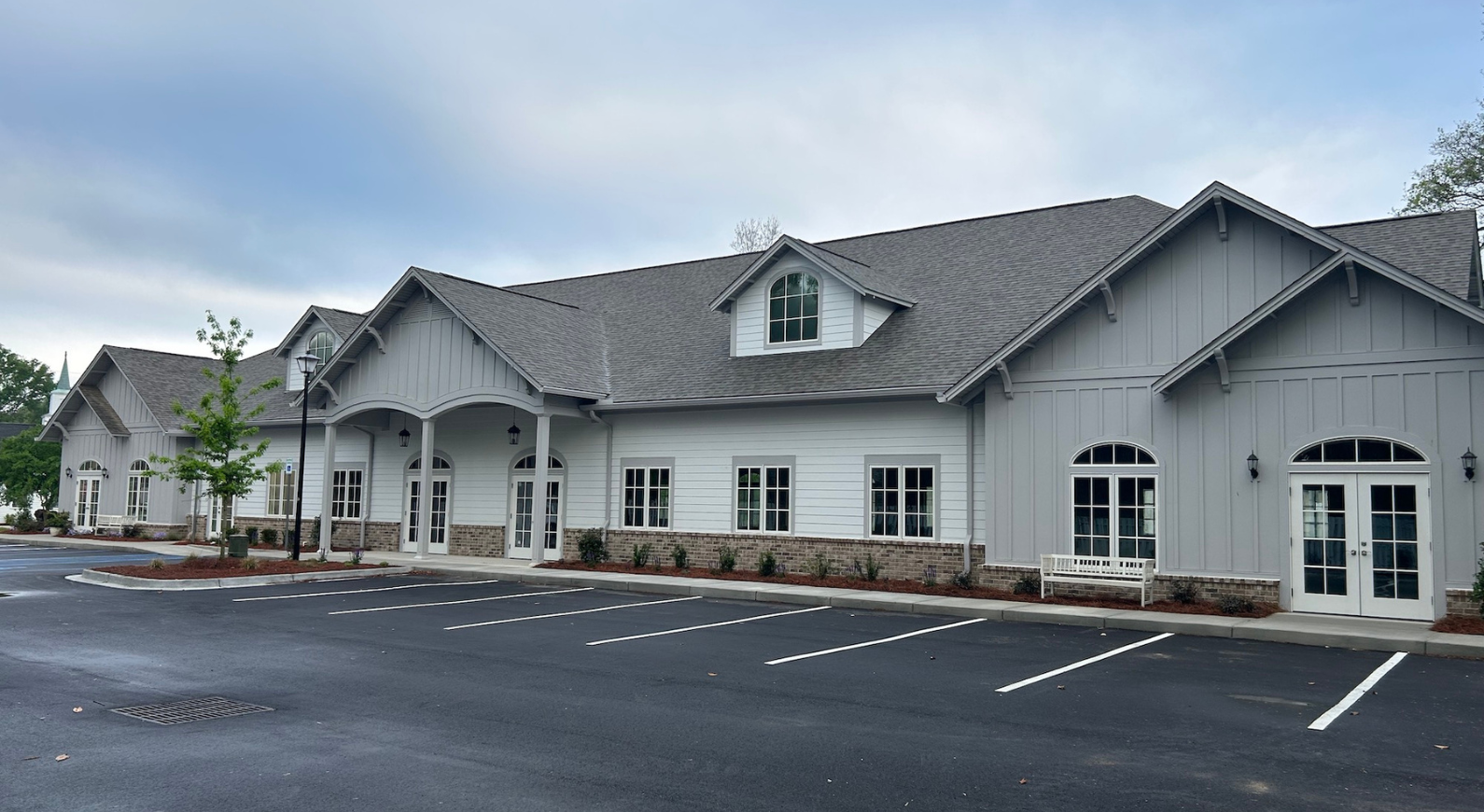
Innovative Endodontics Brings a Caring, Professional Endodontist to Summerville SC in 2023
April 5, 2023
What Causes Teeth To Crack?
April 26, 2023
Innovative Endodontics Brings a Caring, Professional Endodontist to Summerville SC in 2023
April 5, 2023
What Causes Teeth To Crack?
April 26, 2023Ideally, a root canal should be the last type of procedure performed on a tooth to preserve it for the rest of your life. In some cases, you may require additional care on that tooth. Endodontic retreatment corrects infections in teeth already treated with root canals. Like other endodontic procedures, retreatment saves teeth and helps you to avoid advancing infection and/or losing the tooth.
What Is Endodontic Retreatment?
Root canals clean out infection from a tooth’s internal canals. The endodontist seals and fills the tooth at the end of the procedure to keep bacteria out. However, in some cases, the initial root canal may fail due to recontamination of the root canals.
Endodontists perform retreatment to clean a tooth that has become recontaminated. They must reopen the tooth to access the canals and clean out any new infection from inside. This process stops the discomfort you develop and ensures proper healing, allowing you to keep the tooth.
Why Would I Need Endodontic Retreatment?
Most people with root canal treatment never need another procedure on the treated tooth. However, there are a few instances when the tooth needs another endodontic treatment. Endodontists perform retreatment to remove an infection from a previously treated tooth. The source of infection could be any of the following:
- Left behind infection due to complex root canal anatomy
- Infection that got into the tooth between root canal treatment and getting a final filling and crown
- New infection in a treated tooth due to decay or cracks
- Lost or broken crown or filling from a treated tooth
Watch out for discomfort that redevelops after healing from your original root canal. The timing could be a week or years after the initial procedure, depending on the cause.
For all dental pain, get professional treatment as soon as possible to avoid tooth loss. Contact your endodontist for discomfort in a tooth that you had a root canal in.
What Happens During Endodontic Retreatment?
The procedure for endodontic retreatment typically starts with imaging of your tooth. Endodontists use both 2-D and 3-D imaging. These images will help the doctor to find the infection inside your tooth and decide whether you need endodontic retreatment, surgery, or both.
In many cases, you may need to plan for two visits for endodontic retreatment. The doctor must take a few more steps than typically required for a root canal. Therefore, the process for retreatment needs more time.
After taking images, the endodontist plans their treatment approach. They need to remove all existing dental work on the tooth for endodontic retreatment. For example, if you have a crown or filling and any sealant inside, the doctor takes these out before starting to clean the interior of the tooth.
As with root canal treatment, endodontic retreatment clears infected material and bacteria from the tooth. The doctor must carefully clear all the canals of the tooth to ensure success. Because everyone has varying anatomies inside their teeth, the process can require different amounts of time.
In some cases, you may need surgery to allow the doctor to reach areas the initial root canal could not reach. Your endodontist will let you know if you only need non-surgical retreatment or an additional surgical procedure.
After the endodontist feels confident that they have thoroughly cleaned out the canals of the tooth, they will reseal and fill it. If recommended, go to your dentist to have a crown placed over the tooth.
Does Endodontic Retreatment Hurt?
After getting their dental degree, endodontists have years of education to learn how to treat the complex areas inside the tooth painlessly. Therefore, when you go to an endodontist for care, you’ll have an expert providing comfortable, painless treatment.
At Innovative Endodontics, we ensure that the patients feel physically and mentally comfortable throughout the experience. Feel free to let us know if you have any questions. We also give our patients a simple way to request a break anytime during a procedure. Just raise your hand, and the doctor will wait until you feel ready to continue. We want to give you the most comfortable experience possible as we work to save your teeth.
What Is Recovery Like from Endodontic Retreatment?
Recovery from retreatment will feel similar to what you experienced after your first root canal. You will feel numb until the anesthesia wears off. When it does, take ibuprofen or acetaminophen to prevent additional discomfort. Follow our recommendations for pain management following the procedure.
After a couple of days, the soreness should subside. Some people continue to feel bite sensitivity or pressure in the toot, which can be normal following a root canal. Contact the endodontist if you develop new discomfort or feel concerned about your healing process.
What Alternatives Are Available for Endodontic Retreatment?
Unfortunately, the viable alternatives are surgery or removal of the tooth. Sometimes, you may require both retreatment and surgery, depending on your tooth’s internal anatomy. If you don’t want to have any type of endodontic care, you will likely need the tooth pulled.
Reach Out to Us at Innovative Endodontics for the Most Comfortable Endodontic Care We Can Give
Trust our team at Innovative Endodontics for retreatment and all other forms of endodontic care. Having endodontic retreatment helps ease your discomfort and saves your tooth. Let us change your mind about endodontic care, so you realize it is a painless and smile-saving specialization. If you have discomfort or other problems with a tooth that you had a root canal in, contact us at Innovative Endodontics for relief.

